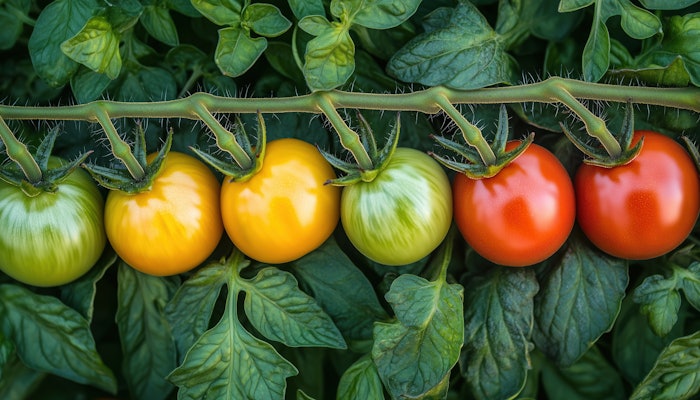
It's that time again! We checked our Google Analytics to determine our most read flavor articles of the last month. Check out the top five below.
1. IFF Expands Singapore Innovation Center with Immersive Experience Hub
Flavor and fragrance company IFF officially opened its new Immersive Experience Hub, located within its Singapore Innovation Center. This multi-sensory facility will allow the company to work alongside customers to conceptualize, test and refine product ideas in simulated environments.
“The new space builds on IFF’s $30 million investment in Singapore in 2022, strengthening our position as a strategic innovation hub for Asia,” said site leader Ramon Brentan. “The immersive space transforms how we engage with customers and supports our broader innovation strategy in a region expected to drive 60% of global economic growth by 2030.”
According to the company’s press release, the Immersive Experience Hub will integrate video technology with scent, taste, sound and touch to simulate real-world environments. This will enable virtual tours, contextual tastings, fragrance immersion and real-time co-creation. The facility will also compliment IFF’s largest dairy and beverage pilot plant in Southeast Asia.
2. Flavor and Fragrance Market Projected to Reach $37.5 Billion by 2031
The global flavor and fragrance market is expected to grow at a compound annual growth rate of 3% from 2025 to 2031, according to a new report from Valuates Reports.
According to the report, the market was valued at $30.58 billion in 2024 and is expected to reach $37.5 billion by the end of the forecast period. The growth in the market is largely being driven by demand for natural, sustainable, and diverse ingredient solutions.
“The flavor and fragrance sales market continues to experience robust growth, driven by evolving consumer preferences, product innovation and sectoral expansion across food, personal care and wellness industries,” the report states. “The strategic role of sensory elements in product success is pushing companies to invest in R&D and create immersive consumer experiences. With increasing cross-industry applications and support from digital retail models, the market shows no sign of slowing down.”
3. PepsiCo Introduces Pepsi Prebiotic Cola
On July 21, 2025, PepsiCo announced the debut of Pepsi Prebiotic Cola, featuring three grams of prebiotic fiber and no artificial sweeteners.
Pepsi Prebiotic Cola was formulated to meet consumer demands for more functional ingredients, especially in the beverage category. The prebiotic cola will be available in two flavors: Original Cola and Cherry Vanilla.
“From the iconic blue can to the consumer-preferred Pepsi Zero Sugar, our portfolio has always adapted to the needs and flavor preferences of the consumer,” said Ram Krishnan, chief executive officer of PepsiCo Beverages US. “Pepsi Prebiotic Cola represents the next leap forward in giving consumers choice, optionality and functional ingredients in their cola experience, without sacrificing the iconic Pepsi taste we’re known for delivering. We can’t wait for the world to try the taste of Pepsi prebiotic Cola for themselves.”
4. Flavor Reports: US Edition (July 25)
Our United States-based panel analyzed flavor ingredients such as 2-phenoxyethanol, Galangal root oil and 4-ethyloctanal.
5. Sensient Flavors & Extracts Introduces BioSymphony Natural Flavor Portfolio
On June 25, 2025, Sensient Flavors & Extracts announced the launch of BioSymphony, a portfolio of natural flavors created through biotransformation of natural ingredients.
“We’re using nature’s instruments to create taste harmony,” said Suja Senan, senior innovation scientist and lead developer of BioSymphony. “Just as a string quartet is beautiful, a full symphony brings a piece to life – filling the senses and connecting emotionally. That’s what BioSymphony does with flavor.”
According to the company’s press release, the BioSymphony portfolio can be used in a wide range of food and beverage applications. Further, it is recognized globally as a natural flavor. The proprietary true-to-nature process helps create an authentic taste experience, addressing consumer demands.










